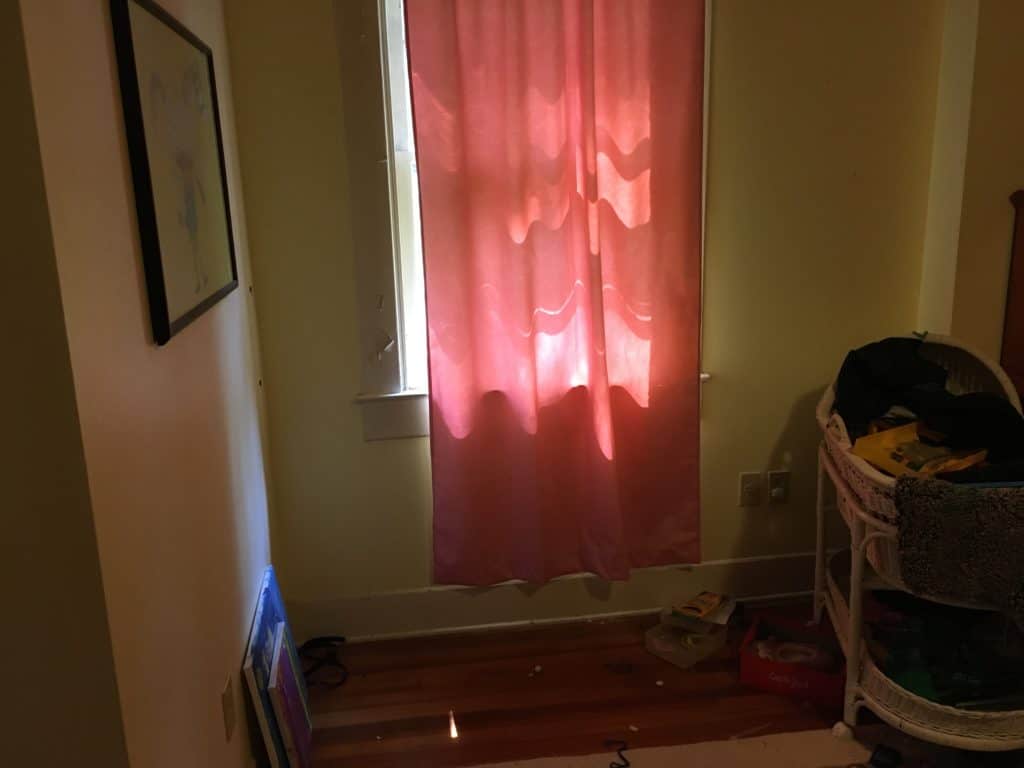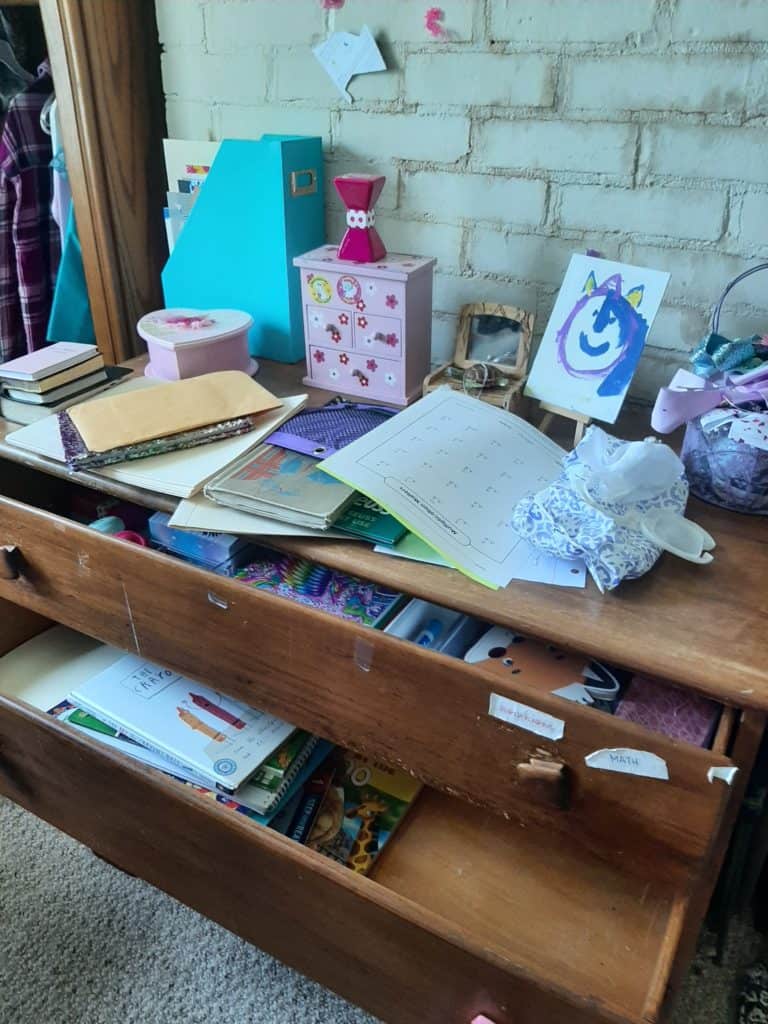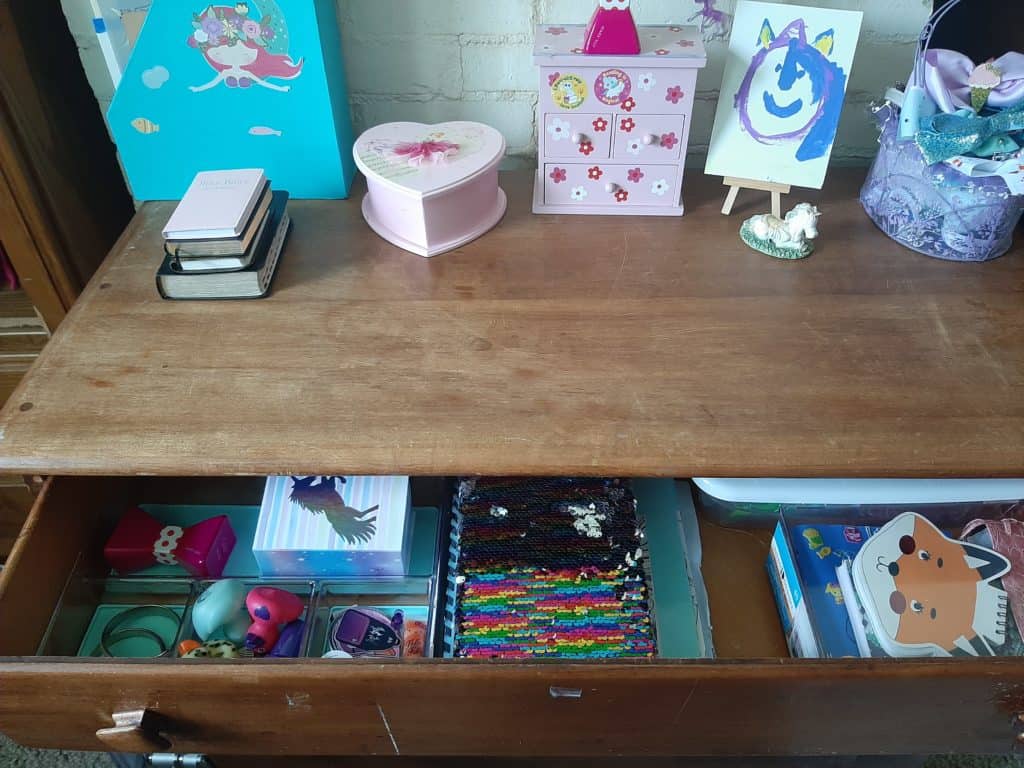Setting Up for Success
Organized spaces help families working, learning at home
By Kathy Knotts
Labor Day is around the corner, and behind it comes that nostalgic “fresh start” feel. September brings the promise of cooler weather, new school supplies, school clothes, and the sound of the school bus… wait. For many families in 2020, the school year is taking place at least partially—if not entirely—at home. And a lot of grownups will spend another season working from home, too.
This spring, social distancing restrictions were a brand-new concept and households scrambled to conduct business and school from home with almost no warning. Emailing from the kitchen table and Zoom meetings from the couch were suddenly standard professional practice. If you had multiple adults working from home and kids doing distance learning, you just might have found yourself on a conference call in the closet, for a last-ditch attempt at peace and quiet.
Now that fall is arriving, we’ve had plenty of time to adapt to work-from-home routines, and schools have developed comprehensive distance-learning plans. Many families will be home for the forseeable future. But are the spaces in your house ready for productive work and learning? This is the time to get your home office and distance learning areas organized.
CBM Bay Weekly advertising representative Susan Nolan feels the pain of parents nationwide who are trying to figure out who sits where when everyone needs to be online at once.
For the Nolan family, the virtual learning that took place last spring felt chaotic. “My husband and I were both working from home. The kids were at home. We’d all use our tablets and laptops to log-on wherever we could find a quiet space. I’d be in my bedroom. My husband would be in the living room. One child would be in the dining room and the other might be on the front porch. The next day, we’d have a completely different arrangement. It was like we were nomads all looking for a space to call our own.”

Nolan wasn’t the only one feeling like a drifter in her own home. CBM Bay Weekly’s news director Meg Walburn Viviano commiserates, “We live in a townhouse so we have to sort of be nomadic, and I carry around my laptop and notepads and pen. But it’s starting to get so old and I’m dying for a space where I could have a calendar on a wall to look up at! I’m sure lots of people are at the point in the work-from-home life where we need somewhere more settled to work.”
Nolan says her tipping point was when Anne Arundel County announced school would be virtual for the whole first semester. “I knew we would need more structure,” Nolan said. “For me, part of that structure is having designated work space. However, I felt overwhelmed when I thought about creating work space. I didn’t have the time to really think about what would work for each person.”
To put her mind at ease, she hired personal organizer Dixie Schneider to help her create learning spaces for each of her children, 7th grader Elizabeth and 5th grader Thomas.
“It wasn’t as expensive as I thought it might be and since I’m not spending money on uniforms, book bags, lunch boxes, etc., why not invest in getting us off to a good start by going into the school year feeling organized?” said Nolan.
Schneider, also a busy working mother, runs a business called Organize with her mom Sammi Scott. She says Nolan and Viviano aren’t the only ones struggling.
“Between working and juggling home life and dealing with all of the changes COVID-19 has challenged us with, setting up a school space to help your child be successful in school can be a little overwhelming.”

Schneider says before letting the task overwhelm you, ask a friend or family member for a fresh perspective. Or hire a professional to help you work through the mess if it’s really out of control. “We are not emotionally attached to your things, so it is easier to determine what works and what doesn’t. A friend can do the same thing because they are not emotionally attached to your stuff.”
Nolan knew she wanted a professional to help create the workspace for her kids because it forced her to make the project a priority. “Dixie would say she was coming over at 1 p.m. and I would clear my schedule for her. If I were doing something like this on my own, I know I would procrastinate.”
Doubly important was getting it done before September. Having a deadline helps break an overwhelming task into more manageable chunks. “It’s how you eat an elephant,” says Schneider. “One bite at a time. Put a date on the calendar, set a timer for 20 or 30 minutes. Tell someone what you are doing so they can hold you accountable. That forces you to start, and it get easier from there.”
In the Nolan home, that meant finding desks and clearing space before the family went on vacation so that Schneider could work her magic while they were away. Schneider found and bought the various organizational tools they would need or repurposed items the kids already had. “That’s been a fantastic time-saver,” said Nolan. “And because she shops for this kind of stuff all the time, she can find the bargains more easily.”
Having a dedicated desk or table can help students stay focused and should be the first consideration when setting up your own home office or at-home school space. “When you are at your desk, your time is being spent on school-work. This is not the space for video games or eating lunch or constructing a Lego castle or texting a friend,” said Nolan. “They’ll still have the opportunity to do all those things, but not during the designated school times and not from their designated school space.”
Ready to design your own home office or student study area? Here are Schneider’s Top 5 Tips.
- Visualize. “This is my first step in organizing any space,” says Schneider. “I encourage the person who will be using the space to spend a little time planning it.” Take a little shopping trip in person or online and find out what you really like. Think about colors you want to be surrounded by when you are in that room and how you want to feel when you spend time there.
- Set a budget. This is easier when planning for younger children than for adults. “My 5-year-old son’s favorite spot in his room is right under the wall that I let him design. It is full of dinosaur wall stickers from the dollar store,” says Schneider. Just keep in mind that decorating can be done without spending a lot of money.
- Get kids involved. It is tempting to come up with an idea, go pick out everything, and make it look the way YOU want it to. “The more your child is involved the more they will like spending time there. That doesn’t mean you have to let them make all of the decisions but let them take the lead,” said Schneider. The Nolan kids were involved in the creation of their work space. “They shared their likes and dislikes. My son is more of a minimalist. He doesn’t want a lot of décor. My daughter wants her work area to look fun and be functional,” said Nolan. Schneider’s 12-year-old daughter loves her spot at a desk under her favorite wall art, bought with money she saved herself. “I think she likes it even better knowing that she purchased them with her own money. It is her space and she loves spending time there!”
- A place for everything and everything in its place. Make sure you or your child has enough surface space and a place for all school supplies. Then you can get into the habit of putting everything in its place after finishing a task.
- Work with what you have. Many of us have smaller homes and less space to work with. Don’t be afraid to make an organized room with more than one purpose. For example, if you have more than one child and they share a room you could put school and office supplies in caddies to make their office mobile. Poster board partitions can also be helpful for siblings.
Schneider’s tips apply just as much for career workspace as they do for a student’s workspace. For both kids and adults, entering the fall season organized will better equip you for whatever comes next in the unpredictable time of COVID-19.
Dixie Schneider of Organize can be reached at 443-223-4928; https://organizeyourliving.com.





